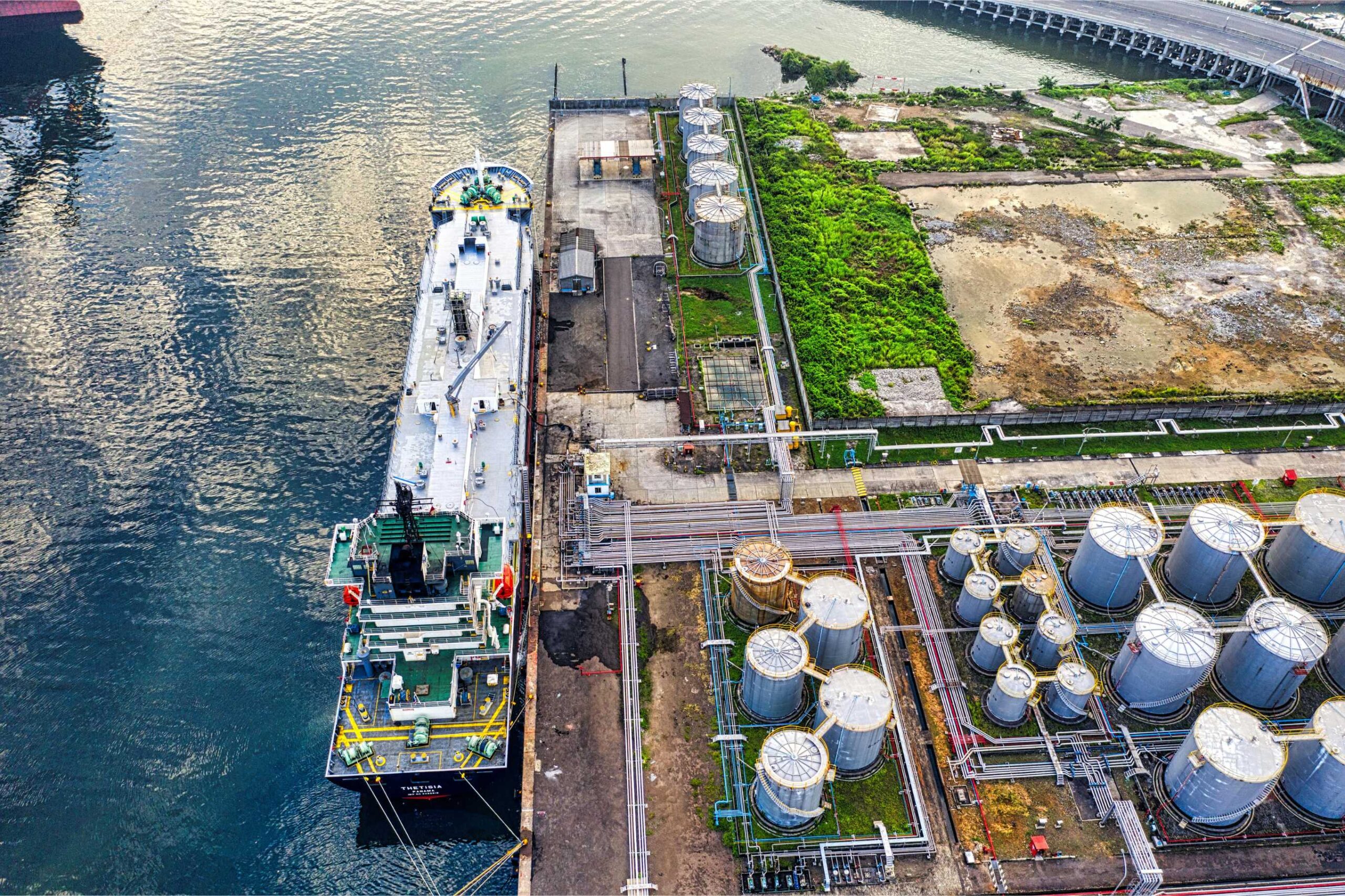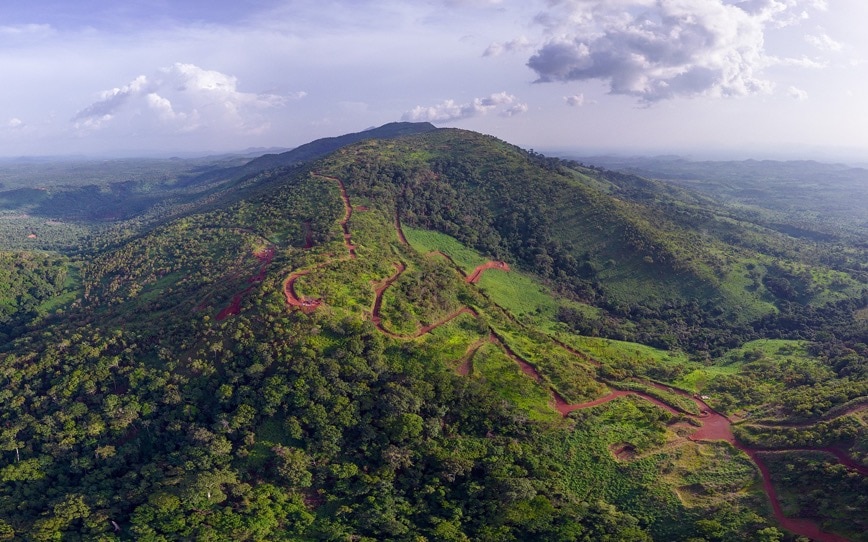In the gas, coal and mining industries a major issue affecting worker health is dust inhalation related diseases. Currently, legislation/protocols are in place which are sourced by the federal, state, local government and even individual industry companies.
The goal of this article is to briefly outline some of these key air quality legislation and standards and begin to question why, despite these measures, dust inhalation-related illnesses to workers and operators have continued to rise in recent years.
WORLD HEALTH ORGANISATION (WHO)
The legislation states that under certain circumstances when the NEPC standard is absent they are to adopt the WHO guidelines for air quality (2000), which are more or less the same, except gives permission of 0.02 mg/m3 more of PM2.5/yr. The WHO’s air quality restrictions are summarised in Table 1.
| Pollutant | ug/m3 | Period |
| PM10 | 50 | 24hrs |
| 20 | Year | |
| PM2.5 | 25 | 24hrs |
| 10 | Year | |
| Ozone | 100 | 8 hours |
| Nitrogen Dioxide (NO2) | 40 | Year |
| 200 | 1 hour | |
| Sulphur Dioxide (SO2) | 20 | 24hrs |
| 500 | 10 minutes |
Table 1: World Health Organisation’s (WHO’s) pollutant concentration restrictions
FEDERAL LEVEL
The Australian Government and the National Environment Protection Council (NEPC) is responsible for the national air quality and ambient air legislation on the federal level as shown in Table 2.
Are environmental regulations, health and safety concerns or potential profit loss a concern right now?
| Pollutant | Max Concentration | Period | Exceedances/Year permitted |
| Carbon Monoxide (CO) | 9.0 ppm | 8 hours | 1 day |
| Nitrogen Dioxide (NO2) | 0.12 ppm | 1 hour | 1 day |
| 0.03 ppm | 1 Year | None | |
| Ozone (O3) | 0.10 ppm | 1 hour | 1 day |
| 0.08 ppm | 44 hours | 1 day | |
| Sulphur Dioxide (SO2) | 0.20 ppm | 1 hour | 1 day |
| 0.08 ppm | 24 hours | 1 day | |
| 0.02 ppm | Year | None | |
| Lead (Pb) | 0.50 ug/m3 | Year | None |
| PM10 | 50 ug/m3 | 24hrs | None |
| 25 ug/m3 | Year | None | |
| PM2.5 | 25 ug/m3 | 24hrs | None |
| 8 ug/m3 | Year | None |
Table 2: Current federal legislation restrictions on pollutants (sourced by reference 5)
The government does further aim at reducing the restrictions for PM2.5 from 25 ug/m3 to 20 ug/m3 over a period of 24 hours, and from 8 ug/m3 to 7 ug/m3 for PM2.5 by 2025, summarised in Table 3.
 Table 3: Federal restriction goals for particulate matter by 2025
Table 3: Federal restriction goals for particulate matter by 2025
STATE LEVEL
The Environmental Protection Act of 1986 allows the state government to set their own environmental values as long as it receives parliament approval. The most recent adjustment to the legislation was in Queensland which states that since the 1st of November 2018, the occupational exposure limit for respirable dust from coal mines has been approved by the federal government and has since been reduced from 3 mg/m3 to 2.5 mg/m3. This is pending completion of Safe Work Australia’s review of workplace exposure limits of airborne contaminants.
LOCAL GOVERNMENT
The local government utilise sources, for example, air quality toolkits, which are provided by the EPA, state government and federal government (links provided below). The EPA toolkit delivers a briefing on air pollution science, guidelines for management as well as planning and assessment for local government officers to reduce dust exposure in the workplace. But all work adheres to state and federal air quality standards.
However, local councils are often the authority residents in communities turn to when making complaints. Exposure for residents when in a mining community can be closer to worker’s exposure than for other communities remote from mine sites.
INDUSTRY LEVEL – COAL INDUSTRY
Following the legislative pathway down, we then get to individual industry standards and finally company policies and procedures. Due to GRT’s connection to the industry, we will use the coal sector as an industry example. According to the Australian Safety and Compensation Council (ASCC) as well as Safework Australia, exposure standards for Respirable Crystalline Silica is 0.1mg/m3 of air, as summarised in Table 4 and Table 5.
 Table 4: Provided by the Safework Australia Report (reference 11)
Table 4: Provided by the Safework Australia Report (reference 11)
 Table 5: Forms of amorphous silica (reference 11)
Table 5: Forms of amorphous silica (reference 11)
An exception to the exposure limits presented above is the NSW Coal Mining Regulation of 2006, which states that the limits for quartz containing dust is 0.12mg/m3 of air for underground coal mines, and for open cut coal mines the required standard is 0.1mg/m3 of air. The occupational exposure limit (OEL) for respirable dust at coal mines, in general, is 2.5mg/m3.
Beside the 2.5mg/m3 standard for respirable dust in coal mines, there are also a number of specific standards for other contaminants that may be present or encountered whilst working in a coal mine, as summarised in Table 6.
 Table 6: Contaminants and their exposure standards that may be experienced in a coal mine environment (Reference 12)
Table 6: Contaminants and their exposure standards that may be experienced in a coal mine environment (Reference 12)
Despite these stringent air pollutant legislation standards, provisions and protocols health problems in the industry continue to rise. As we will see in the next article, there are also a number of precautionary measures, mitigation techniques and technologies available on the market to limit exposure to air pollutants.
Some which have proven to be effective, and others that have fallen short. A critical analysis of these measures is a step in understanding why health issues in this growing industry are continuing to rise.
REFERENCES
- https://www.der.wa.gov.au/images/documents/your-environment/air/publications/Guideline_for_managing_impacts_of_dust.pdf
- https://www.legislation.gov.au/Details/F2016L00084
- https://www.coalservices.com.au/wp-content/uploads/2017/11/20160826_Dust-monitoring-in-NSW-key-learnings-from-the-coal-face.pdf
- https://www.who.int/news-room/fact-sheets/detail/ambient-(outdoor)-air-quality-and-health
- https://www.legislation.gov.au/Details/F2016C00215
- https://www.dnrme.qld.gov.au/mining-resources/initiatives/respirable-dust-exposure
- https://www.business.qld.gov.au/industries/mining-energy-water/resources/safety-health/mining/hazards/dust/standards-codes
- NSW Gov Toolkit: https://www.environment.nsw.gov.au/resources/air/mod3p3construc07268.pdf
- EPA Toolkit:https://www.epa.nsw.gov.au/your-environment/air/air-nsw-overview/local-government-air-quality-toolkit
- https://www.aioh.org.au/static/uploads/files/respirable-crystalline-silica-and-occupational-health-issues-wfmzsunqeklc.pdf
- https://www.safeworkaustralia.gov.au/system/files/documents/1705/guidance-interpretation-workplace-exposure-standards-airborne-contaminants-v2.pdf
- https://www.legislation.qld.gov.au/view/pdf/inforce/current/sl-2017-0165
Troy Adams
Troy Adams is the Managing Director of Global Road Technology (GRT) Specialising in Engineered Solutions for Dust Suppression, Erosion Control, Soil Stabilisation and Water Management. A pioneering, socially conscious Australian entrepreneur, Troy Adams is passionate about health and safety and providing innovative solutions that are cost-effective to the mining industry, governments and infrastructure sectors. Troy is also a tech investor, director of companies like Crossware, Boost, Hakkasan, Novikov and more.
MORE INDUSTRY ARTICLES
April 19, 2024
LNG: What is it, and why does it Matter?
April 17, 2024

